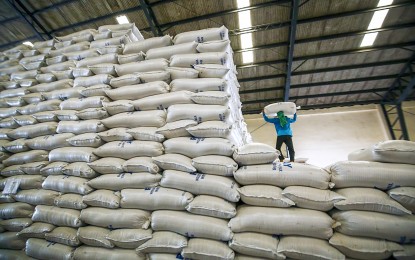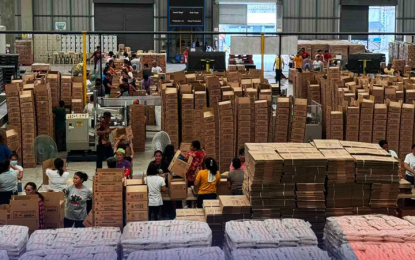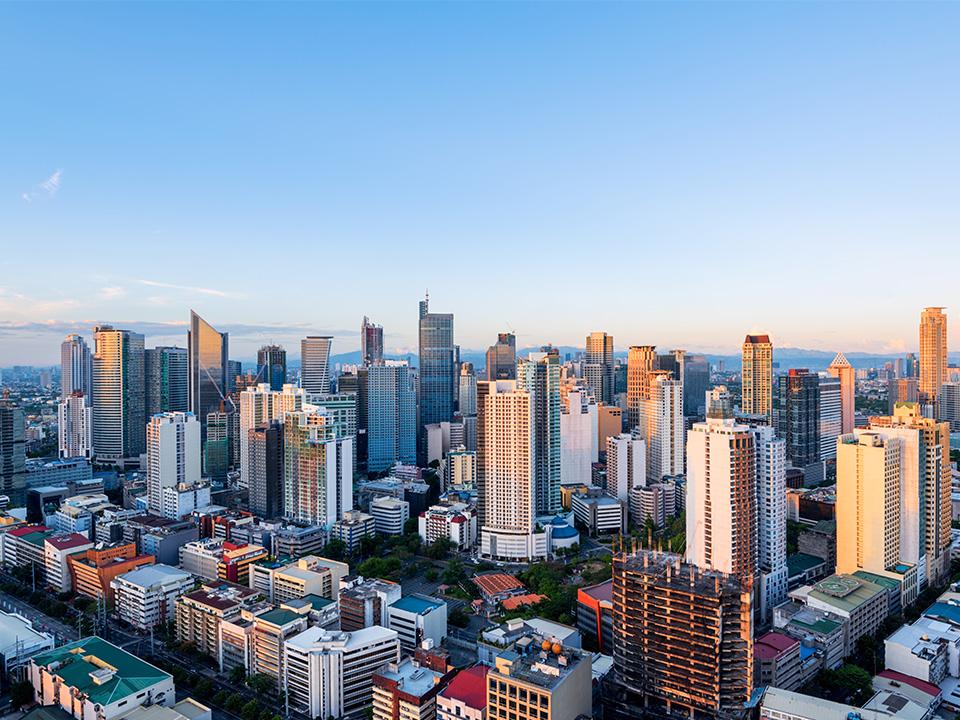Over 50 LGUs Interested in Buying NFA Rice Amid Food Security Emergency
MANILA – More than 50 local government units (LGUs) have expressed interest in purchasing rice stocks from the National Food Authority (NFA) following the government's declaration of a food security emergency, the Department of Agriculture (DA) announced on Monday. Agriculture Secretary Francisco Tiu Laurel Jr. confirmed in a Palace briefing that numerous LGUs have signaled their intent to procure rice. However, he noted that proper documentation and coordination with the NFA and Food Terminal Incorporated (FTI) are necessary before transactions can proceed.

LGUs Across the Country Ready to Purchase Rice
The DA reported that the interested LGUs are spread across different regions, including Metro Manila, Calabarzon, Mimaropa, Bicol, Western and Central Visayas, the Zamboanga Peninsula, and the Davao region.
The NFA has stated that it is prepared to release its rice stocks to LGUs, other government agencies, and government-owned and controlled corporations (GOCCs) at PHP33 per kilogram. These stocks can then be sold to consumers at PHP35 per kilogram, making rice more affordable for many households.
Impact on Rice Availability and Prices
With the release of NFA stocks under the food security emergency, warehouse space will be freed up, allowing the agency to buy more palay from local farmers. This move aims to stabilize supply, especially during the ongoing harvest season.
The DA believes that the availability of NFA rice at PHP35 per kilogram could help lower retail rice prices nationwide. The agency has set a target to bring prices down to the PHP41–PHP45 per kilogram range by mid-2023, aiming to ease the financial burden on consumers.
Commercial Rice Prices Expected to Drop by March
Laurel also shared optimistic news regarding commercial rice prices, predicting a decrease to PHP49 per kilogram by March 1. This anticipated drop is due to the arrival of new rice stocks from Southeast Asian countries, including Vietnam, Myanmar, and Cambodia.
To ensure fair pricing, the DA has engaged in discussions with rice importers, traders, and retailers, urging them to lower costs. Currently, the Manufacturer’s Suggested Retail Price (MSRP) for rice is set at PHP55 per kilogram. However, as older stocks are phased out, the DA expects prices to decrease. By February 15, the MSRP is projected to be PHP52 per kilogram, eventually dropping to PHP49 per kilogram by March 1.
Government's Plan for Rice Tariffs
The administration has also been reviewing rice tariff adjustments. In June last year, President Ferdinand R. Marcos Jr. signed Executive Order 62, modifying tariff rates on various goods to stabilize supply and protect consumers’ purchasing power.
Laurel mentioned that the government is considering setting a target price range of PHP42–PHP45 per kilogram as a trigger for adjusting rice tariffs. The government may reinstate tariffs partially or fully, depending on economic conditions and industry consultations.
A Step Toward Affordable Rice for Filipinos
With efforts from the DA and NFA, the government aims to ensure that affordable rice reaches more Filipino households. The ongoing measures, including the release of NFA stocks and the coordination with rice traders, are part of a broader strategy to stabilize the market and make staple food more accessible.
As March approaches, consumers can expect to see changes in rice prices, offering relief to many families struggling with food costs. The government's proactive approach, in partnership with LGUs and the private sector, is a step forward in securing the nation’s food supply and maintaining affordability for all.
source:
https://www.pna.gov.ph/articles/1243741
What's Your Reaction?












/https://tf-cmsv2-smithsonianmag-media.s3.amazonaws.com/filer_public/54/66/546650fa-26a4-40fd-8d6d-5a7a04540f81/rosetta2.png)
:max_bytes(150000):strip_icc():focal(999x0:1001x2)/robert-prevost-050825-1-39395418ab494da5a3a700c9478e66c8.jpg)















































format(webp))
format(webp))
























